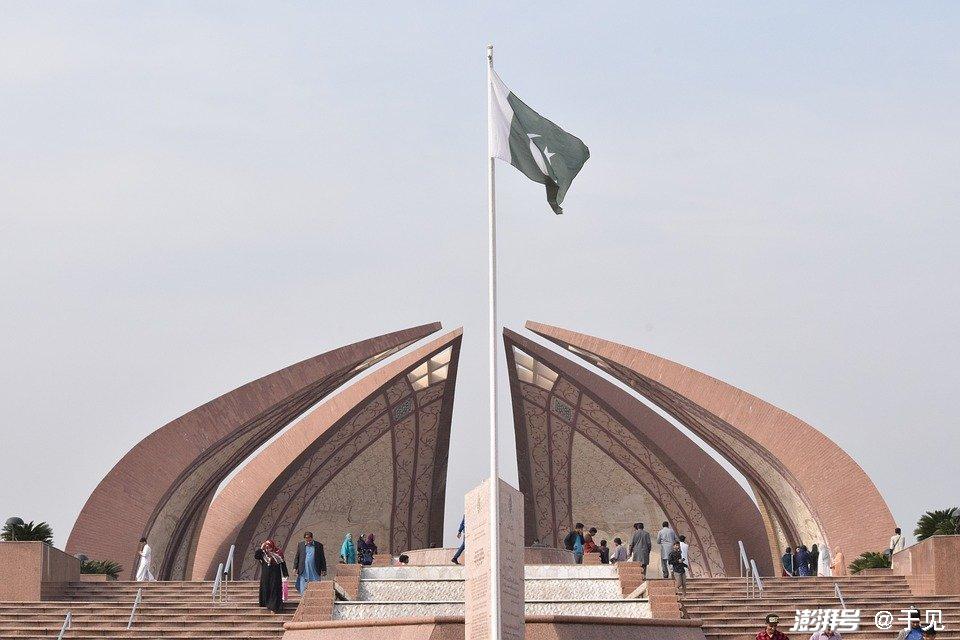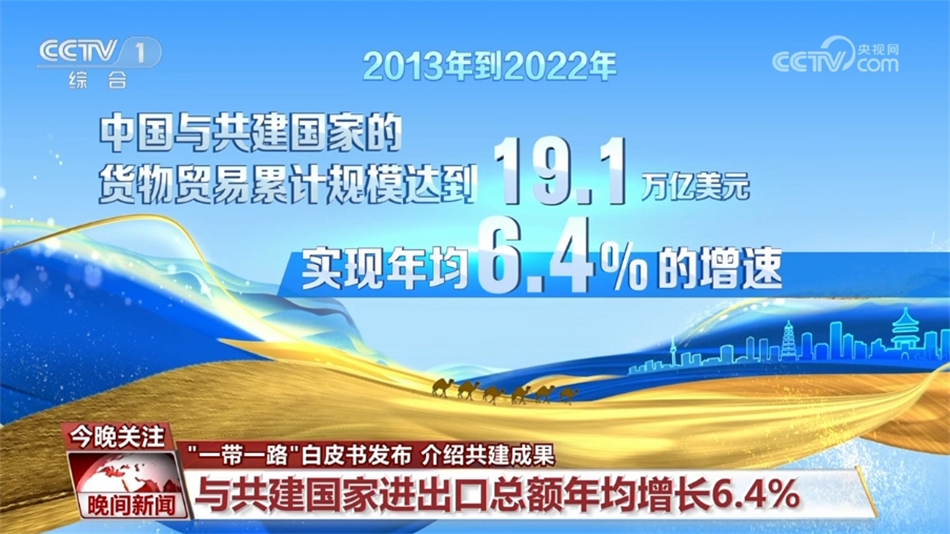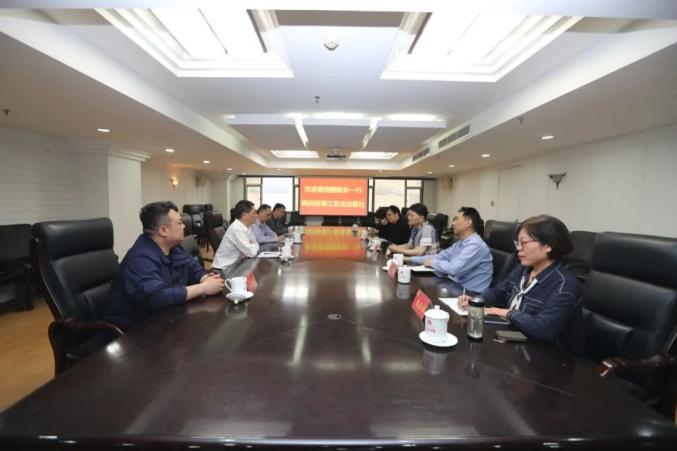The Past And Present Of The Silk Road: From The Starting Point Of The Western Han Dynasty To Today’s Global Artery
The Past And Present Of The Silk Road: From The Starting Point Of The Western Han Dynasty To Today’s Global Artery
Oops, when talking about the Silk Road, your first reaction is "Wow, that is a road full of historical charm and unlimited business opportunities!" Is it imagining a gorgeous silk corridor, crossing deserts and climbing mountains, and Haibao wants to pack up and go "shopping" along with it? That's right!
Oops, when talking about the Silk Road, your first reaction is "Wow, that is a road full of historical charm and unlimited business opportunities!" Is it imagining a gorgeous silk corridor, crossing deserts and climbing mountains, and Haibao wants to pack up and go "shopping" along with it?
That's right! Today let’s talk about this “legendary” road – how did it originate? What wonderful “life stories” have you experienced? And, why can it become the super “super highway” of global trade and cultural exchange today?
Are you ready? Let's go!
1. Pick up the magnifying glass and start with the "origin"
It is said that in the Western Han Dynasty (202 BC - 8 AD) a long time ago, Emperor Wu of the Han Dynasty was very keen on "going to the sea" and "going to the frontier". He wanted to make some "foreign wealth" and "expand the territory". So, he sent Zhang Qian, a "hard-core figure" we are all familiar with.
Zhang Qian, the "warrior", is a super "exotic expert"! He was appointed as an envoy to the Western Regions (that is, today's Xinjiang and Gansu areas), with the goal of establishing connections with Central Asia and West Asia and opening up the "highway" between China and the outside world.
However, things were not that simple - Zhang Qian encountered "numerous difficulties" during his mission. Some people want to "sleepwalk" to welcome him, they have been tested in the desert, and they have also encountered the problem of being "trapped". However, these "setbacks" failed to stop him. In the end, he brought back a lot of information about the "Western Regions" and opened a road "to the world" for future generations.
This path has evolved from an initial "secret experiment" to a formal "national project." It started in Chang'an (Xi'an at that time) and went all the way north through Gansu and Xinjiang, starting a long "Silk Road" journey.
2. What does this “road” look like? "Roadmap" from ancient times to the present
In fact, the earliest Silk Road was not a "straight-line" highway, but a super "network structure" composed of multiple lines. You can imagine it as a "spider web" starting from China, passing through Central Asia, West Asia, and finally connecting to the Mediterranean Sea and even as far away as Europe and Africa.
The main routes are divided into two categories: "land route" and "sea route":
Overland Silk Road: Starting from the imperial city of Chang'an (Xi'an), passing through the Hexi Corridor, Tianshan Mountains, and Pamir Plateau, it goes directly to Almaty and Baghdad in Central Asia, and then to Constantinople (now Istanbul) on the Mediterranean coast.
Maritime Silk Road: This "route" is slightly different, starting from China along the South China Sea and the Persian Gulf to the Arabian Sea, the Red Sea, the Arabian Peninsula, and finally to Egypt and the Mediterranean region. It can be said that this route laid the foundation for the later "Marine Silk Road".
However, to be honest, the greatest charm of the Silk Road is its diversity: not only the trade of silk, porcelain, spices, and wheat, but also the exchange of religion, culture, and knowledge.
3. Why is it called the “Silk Road”? The hype is here
Everyone can’t help but ask: Why is this “road” called the Silk Road? In ancient China, silk was the “imperial” commodity! The face given by the emperor: going abroad to curry favor with "foreign tycoons" and earning "gold" can be said to be the "glorious deeds" of "aristocratic retired players".
In 1877, German geographer Richthofen officially proposed the name "Silk Road" in his book "China". Compared with the previous description of "Western Region Passage", this name is more fashionable, more eye-catching, and more in line with "the core content of commodity and cultural exchanges."
As soon as this name came out, it immediately became popular among academics and the public - like today's "hot title", it was so cool that people suddenly understood: this is not just a "road", but also a "carnival of culture and business."
4. The “hard core” role of the Silk Road! Not just selling silk
Don’t think that only the commodity “silk” supports this road. In fact, silk is just a “window show”.
This road is not only used to "sell goods", it is also an important platform for "exchange of ideas". Buddhism spread from India to China, and its teachings were "expressed" to East Asia through the Silk Road; the cultural ideas of Persia, Greece, and Rome also "crossed the ocean" along with it.
Not only that, but even science and technology, medicine, agriculture, and craftsmanship are all "transferred" here. Is it a super "comprehensive" trade route? Don’t forget, this can also deepen “friendship” and “understanding” between different ethnic groups – don’t underestimate the power of “culture”!
5. The long “journey” and “challenge”
Of course, walking on this "Business Road" is not without difficulties: sandstorms, scorching heat, thieves, earthquakes, wars... It can be said that when the ancients opened the "Silk Road", their courage was comparable to that of "superheroes".
Moreover, many times this path must be "walked shrewdly" and "be good at adapting to changes". After all, it is common to encounter unexpected events, changes in routes, loss of goods, and disruptions.
However, no matter whether it is difficult or dangerous, businessmen, scholars, and monks throughout history have worked hard to push this "road" forward.
6. The modern “Silk Road”: transformed into a “global artery”
Today, the Silk Road has been transformed into the "New Silk Road" or the "21st Century Maritime Silk Road" and is simply the "nerve center of the global economy."
The “Belt and Road” initiative proposed by China has officially “upgraded” this ancient route into a “super transportation corridor” for international cooperation, regional development and green sustainability. High-speed railways, energy pipelines, and digital communication networks are all building "new roads." This is not only an opportunity for businessmen, but also a major test of "global governance."
Moreover, with the development of science and technology, drones, 5G, and artificial intelligence may become new "artifacts" in the future "Silk Road." Who knows, maybe tomorrow’s “Silk Road” will become a “virtual space”.
7. Inspiration and reflection: What is left for us today?
Okay, now that the story is here, do you suddenly feel that this road is far richer and more exciting than you imagined? In fact, the Silk Road is not only a trade channel, but also a "bridge of souls" connecting the world.
Today, as we face the wave of globalization, we also need to learn from the ancients’ spirit of “pioneering, innovative, and courageous to try.” Whether it is technological innovation or cultural exchange, they are the key to building “competitive advantage.”
At the same time, we must also understand that behind trade is understanding, tolerance and cooperation. After all, no one can fight alone. We are all taking a path called "global village".
8. Conclusion: Where will the Silk Road go in the future?
The story of the Silk Road is still being written. From ancient "silk" to today's "technology", every paragraph has its own meaning.
Therefore, friends, you might as well follow the footsteps of history with an "explorer" heart, and look forward to the future "Silk Road" bringing more surprises.
Remember, the ancients have told us: as long as you dare to think and do, nothing is impossible!





